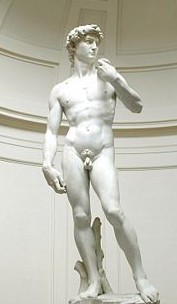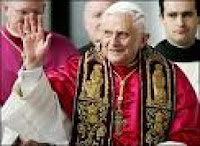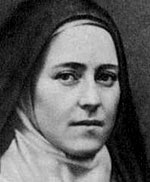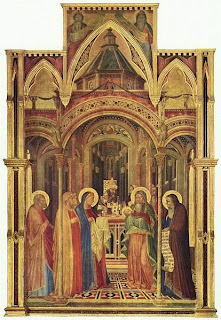Twelve Ways to Know God - By Peter Kreeft
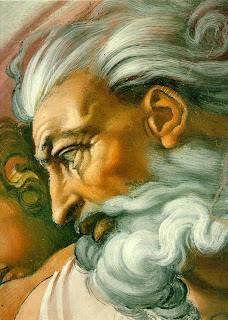
Jesus defines eternal life as knowing God (Jn 17:3). What are the ways? In how many different ways can we know God, and thus know eternal life? When I take an inventory, I find twelve. The final, complete, definitive way, of course, is Christ, God himself in human flesh. His church is his body, so we know God also through the church. The Scriptures are the church's book. This book, like Christ himself, is called The "Word of God." Scripture also says we can know God in nature see Romans 1. This is an innate, spontaneous, natural knowledge. I think no one who lives by the sea, or by a little river, can be an atheist. Art also reveals God. I know three ex-atheists who say, "There is the music of Bach, therefore there must be a God." This too is immediate. Conscience is the voice of God. It speaks absolutely, with no ifs, ands, or buts. This too is immediate. [The last three ways of knowing God (4-6) are natural, while the first three are supernatural. The last thr
